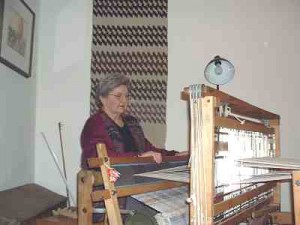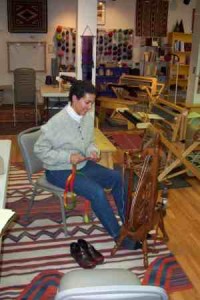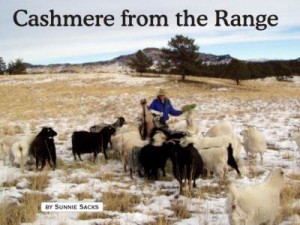Review by Ed Quillen
History – March 2005 – Colorado Central Magazine
Colorado: A History in Photographs
by Richard N. Ellis and Duane A. Smith
Revised EditionPublished in 2005 by University Press of Colorado
ISBN 0870817892
COLORADO APPEARED as a political and geographic entity in 1861 with the creation of Colorado Territory, and even then there were cameras at hand. Thus there were photographs to go with the story, and this book has both.
Colorado: A History in Photographs is divided into five sections. The fast but inclusive narratives each cover about a dozen pages and a quarter of a century, and each section comes with dozens of pictures – none in color, though.
Some of the pictures are old familiars, such as the portraits of prominent men like William Gilpin, the first territorial governor, William Bent of Bent’s Fort fame, and mountain man Jim Beckworth.
But there were scores of pictures here that I hadn’t seen before, and I read a lot of Colorado lore (or else I didn’t remember seeing them before, which means my pleasure of discovery is the same even if someone else will recall that a given photo has been in a dozen books, six calendars and three posters).
The pictures are wonderfully diverse. In the early years we see Plains Indians and the mountain Utes, a ripped-apart Gilpin County hillside, a Victorian girlie photo, the Colorado Springs Police Department of 1887, a women’s auxiliary to the state militia (the “Amazon Guards” with their rifles) – and this range extends through the book, so that in more recent times there are archæologists looking for Sand Creek, athletes celebrating a championship, and a perfectly hideous shopping mall.
In between are the good years and the hard years – as the text stresses, Colorado has hosted a boom-and-bust economy since the 1859 gold rush was followed by the 1864 collapse in the stock price of Central City gold mines.
You won’t find many pictures in here from Central Colorado. In ways that’s fair, because most of what mattered in Colorado’s overall history (with the exception of Leadville) happened somewhere else.
Of necessity, the Colorado history written here is a compressed version, but it snaps right along and covers the major points. Here’s a sample paragraph from the final chapter:
“The Coloradans who faced the dilemmas of 1990 were collectively older than those of twenty years earlier, their median age being 32, and they had fewer children. They also enjoyed a higher per capita income of $18,404. They were more optimistic than they had been for a while – a poll showed that they expected an economic upswing in the coming decade. Environmental matters continued to hold their attention, as did the aging of America, which would ‘likely threaten the tourist industry, which does not cater to older people.’ The end of the cold war brought relief but also proved a mixed blessing for Colorado’s economy, which for the past two generations had been closely tied to the military-industrial complex through government contracts and military bases. Colorado Springs and Denver stood to lose in a big way if bases were closed or expenditures cut back.”
If I’ve got a quibble with this book, it’s that it puts more emphasis on organized sports than I think they deserve. In other words, I’d prefer to think that Broncomania is not a malady required of every Coloradan, and yet the text seems to assume that it is. I’m probably wrong about this, though, and just hate to be reminded.
All in all, this is a fine short history with a lot of great pictures, many previously obscure or unpublished, and it’s well worth your time.



